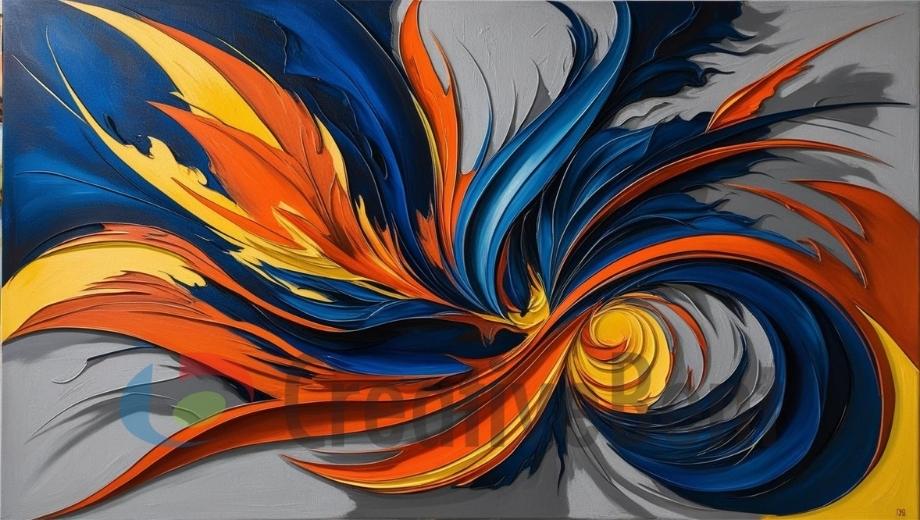
Since it challenges conventional artistic depiction, abstract art has fascinated and enthralled art aficionados for decades. Abstract art does not attempt to represent the physical world, unlike realistic or figurative art. Instead, it focuses on the realm of feelings, concepts, and personal experiences. This article will go into the world of abstract art, examining its historical development, salient traits, and the distinct language it uses to communicate with viewers.
How Abstract Art Began
Early in the 20th century, a revolutionary movement called abstract art arose, questioning accepted ideas of representation in the visual arts. Moving away from realistic representations and embracing a new creative language that prioritized pure abstraction, artists like Wassily Kandinsky, Piet Mondrian, and Kazimir Malevich started experimenting with forms, colors, and textures. They aimed to capture the core of feelings and concepts through non-representational forms to communicate the inner realities of the human psyche.
Key Characteristics of Abstract Art
- Non-representational Forms
Abstract art does not require the representation of identifiable objects or people. Instead, it emphasizes the fundamental elements of visual expression—shapes, lines, colors, and textures. These components are frequently put together in unusual configurations, which enables the artist to develop a special visual language.
- Expression of Emotion and Concept
Abstract art uses its visual language to arouse feelings, sensations, and concepts. Artists can express a variety of emotions, from joy and enthusiasm to thought and introspection, by abstracting the elements of art. Each piece of art turns into a visual depiction of the creator’s own experiences.
- Freedom and Experimentation
Abstract art promotes experimentation and freedom of expression. Artists are free to experiment with new methods, materials, and forms because they are not constrained by the limitations of realistic portrayal. Infinite possibilities are made possible by this freedom, which inspires artists to push the limits of their imagination.
The Language of Abstract Art
- Color
Since color can elicit emotions and produce a sense of harmony or discord, it is essential to abstract art. To depict particular moods or environments, artists meticulously choose and arrange colors. Colors that are vivid and strong can convey passion and energy, while muted tones might encourage reflection or peace.
- Forms and Lines
Geometric shapes, organic forms, or gestural lines are frequently used in abstract art to provide visual appeal and express meaning. Shapes and lines are tools used by artists to create a composition’s sense of rhythm, balance, or tension. The interaction between these components directs the viewer’s sight, and the artwork produces a dynamic interplay.
- Texture
Texture gives abstract art depth and tactile touch. To produce texture, artists can employ a variety of methods and supplies, including collage, impasto painting, and paint layers. Even while the artwork is still intended to be viewed visually, texture enables the visitor to explore the piece through touch.
- Composition
How the artwork’s components are arranged and placed affects how it is put together as a whole. Balance, symmetry, asymmetry, and spatial relationships are all important considerations for abstract artists. These decisions direct the visual path of the spectator and elicit either harmony or tension.
- Individual Interpretation
Abstract art encourages individual interpretation. Each observer contributes their individual experiences, feelings, and viewpoints to the artwork. There is no correct or incorrect way to interpret abstract art. The artwork invites the viewer to interact with it, using their imagination to fill in the blanks and derive personal meaning from the non-representational forms.
The world of artistic expression known as abstract art is thriving and constantly changing. It encourages us to venture outside the boundaries of the physical world and delve into the depths of our feelings, thoughts, and subjective experiences. By understanding abstract art language, we can enter a world of limitless possibilities where visual forms go beyond the limitations of representation and directly address the core of who we are.




